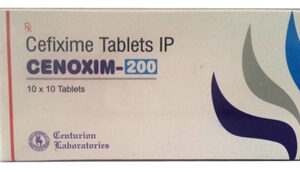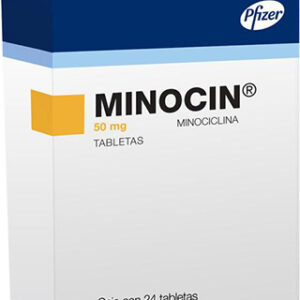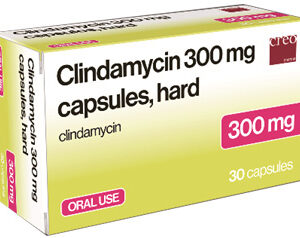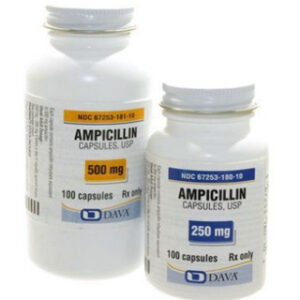Description of Ampicillin
Ampicillin is a beta-lactam antibiotic that falls under the aminopenicillin group. It inhibits bacterial cell wall synthesis by binding to penicillin-binding proteins, leading to cell death. Ampicillin is effective against a range of both gram-positive and gram-negative bacteria, making it a broad-spectrum antibiotic.
Chemical Composition
The chemical name for ampicillin is (2S,5R,6R)-6-[(2R)-2-amino-2-phenylacetyl]amino-3,3-dimethyl-7-oxo-4-thia-1-azabicyclo[3.2.0]heptane-2-carboxylic acid. It comes in several forms, including oral capsules, tablets, and as a powder for reconstitution into an injectable form.
Pharmacokinetics
Ampicillin is absorbed after oral administration, with bioavailability averaging about 40%. Food can decrease the absorption of the oral forms. It is widely distributed throughout the body, reaching therapeutic concentrations in most tissues and body fluids, including the cerebrospinal fluid in cases of inflamed meninges. The half-life of ampicillin is approximately 1 hour, and it is predominantly excreted through the kidneys.
Indications for Use
Ampicillin is indicated for the treatment of various bacterial infections such as otitis media, sinusitis, respiratory tract infections, urinary tract infections, meningitis, gastrointestinal infections, and septicemia. It is also used in the prophylaxis of bacterial endocarditis.
Dosage and Administration
The dose of ampicillin varies widely depending on the type, severity, and site of infection, as well as the patient’s age, renal function, and the form of ampicillin being used. Adult doses can range from 250 mg to 3 g every 6 hours, while pediatric dosages are typically based on body weight. Ampicillin should be taken either 30 minutes before or 2 hours after meals to maximize absorption. Injectable forms are administered intramuscularly or intravenously.
Special Populations Precautions
In patients with renal impairment, the dose of ampicillin needs adjustment to prevent drug accumulation and toxicity. For neonates and young infants, the dosing intervals must be extended due to their immature renal function. Pregnant or breastfeeding women should use ampicillin with caution and only if clearly needed, considering potential side effects for both mother and child.
Drug Interactions
Ampicillin may decrease the effectiveness of oral contraceptives and can affect the anticoagulant effects of warfarin. Probenecid, a medication used to treat gout, can inhibit the renal excretion of ampicillin, leading to higher and prolonged blood concentrations of the antibiotic. Allopurinol, used for hyperuricemia, can increase the risk of ampicillin-induced skin rash.
Adverse Reactions and Side Effects
The most common side effects of ampicillin include gastrointestinal distress such as diarrhea, nausea, and vomiting. Hypersensitivity reactions, such as rashes, pruritus, and anaphylaxis, may occur. Other potential side effects are hematologic changes like leukopenia and thrombocytopenia and hepatic dysfunction including transient increases in transaminases.
Storage and Stability
Oral forms of ampicillin should be stored at room temperature away from moisture and heat. Injectable forms should be kept refrigerated, and once reconstituted, used within a specified time to maintain potency. Specific storage instructions vary by product and formulation, so consultation of the product labeling is essential.
Monitoring Parameters
Patients on ampicillin therapy should be monitored for therapeutic efficacy and signs of adverse reactions. Blood counts, renal and liver function tests are recommended to be checked periodically, particularly with high doses or prolonged therapy. For intravenous administration, it is important to monitor the infusion site for signs of phlebitis.
Counseling Points for Patients
Patients should be counseled to take the full prescribed course of ampicillin, even if they feel better before completing therapy. They should be made aware that the antibiotic works best when taken at regularly spaced intervals around the clock, and they should report any signs of hypersensitivity reactions, severe diarrhea, or other concerning side effects to their healthcare provider immediately.







Reviews
There are no reviews yet.